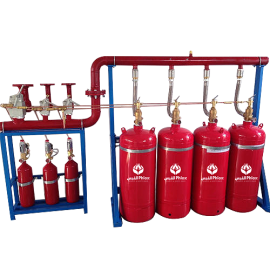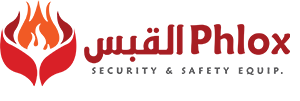
Clean Agent Gas
Showing the single result
-
Clean Agent Fire Suppression Systems


There are three common clean agent fire suppression systems to choose from, including FM-200, 3M™ Novec™ 1230, and Inergen Clean Agent Fire Suppression System. All systems use gases that are safe for the environment and humans, but they utilize different ways of suppressing a fire.
- The FM-200 system is stored as a liquid and vaporizes when discharged. The system displaces the oxygen around a fire, but heat absorption is its primary extinguishing capability.
- The Inergen system uses inert gases- nitrogen, argon, and carbon dioxide- to reduce the oxygen level and suppress the fire. While carbon dioxide is included, the concentration is safe for humans and the environment. Once the Inergen concentration is discharged, it returns to the atmosphere in its natural state.
- The 3M™ Novec™ 1230 system uses a liquid that is vaporized when discharged, similar to the FM-200 system. However, unlike the FM-200 which suppresses the fire by heat absorption or cooling, the 3M™ Novec™ 1230 displaces the oxygen around a fire to suppress it.
CO2 Fire Suppression Systems
If a building has rare or little occupancy, they may use a CO2 fire suppression system instead of a clean agent system. These systems are only used in buildings with very low occupancy, as carbon dioxide can result in health risks for anyone exposed, and can even be deadly. Clean agent systems are much more common, as they use gases they aren’t harmful to humans.
3 Main Parts Of The System
A clean agent fire suppression system is commonly made up of three parts: smoke detectors, the control panel, and notification devices. The smoke detectors work as usual and will detect a fire before it has time to escalate into an uncontrollable event. The smoke detector will send a signal to the control panel, which then alerts the notification devices and activates the release device to suppress the fire. The notification devices are there to warn occupants of the fire, and alert people in the area when the clean agent is about to be released.
